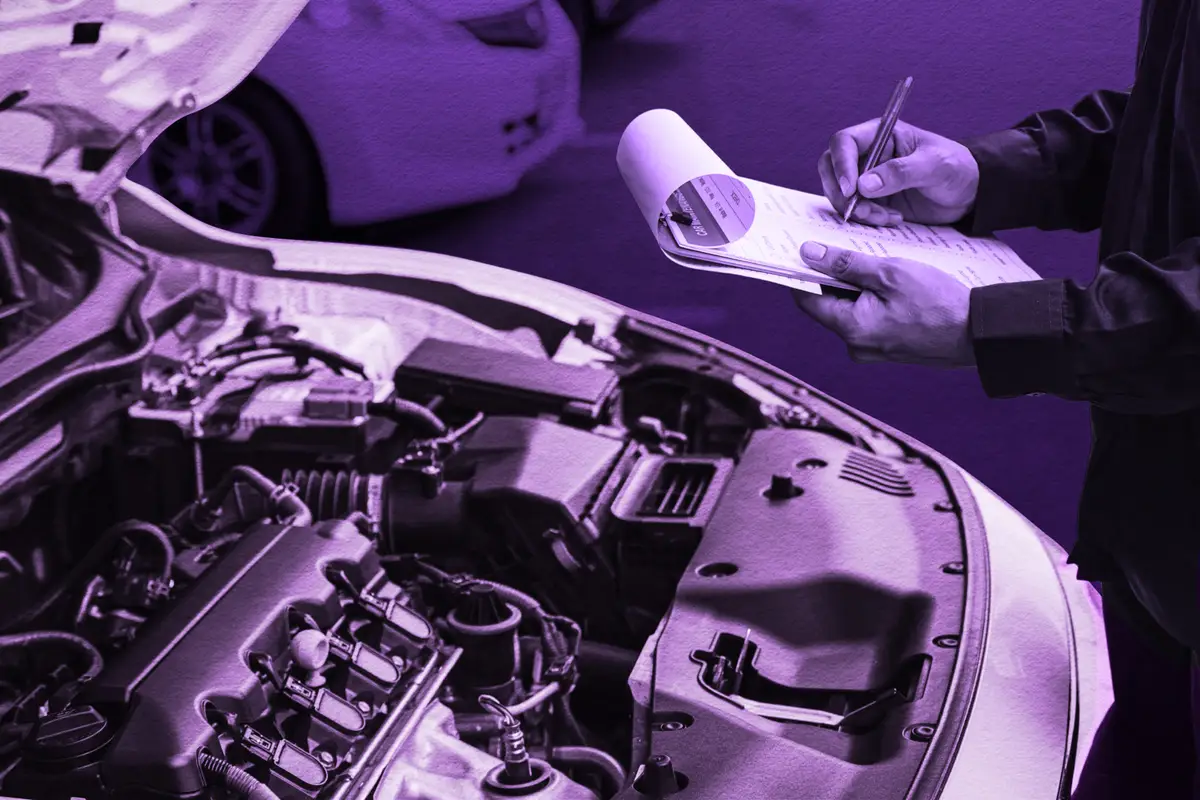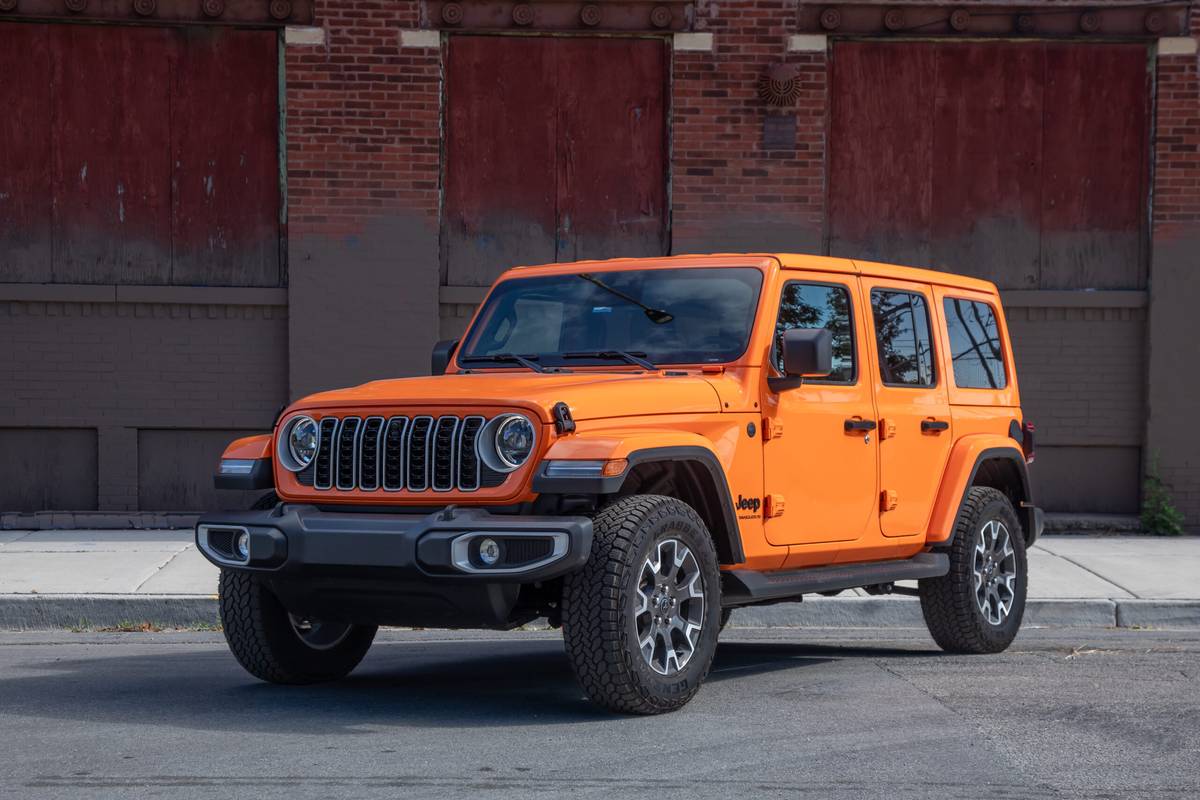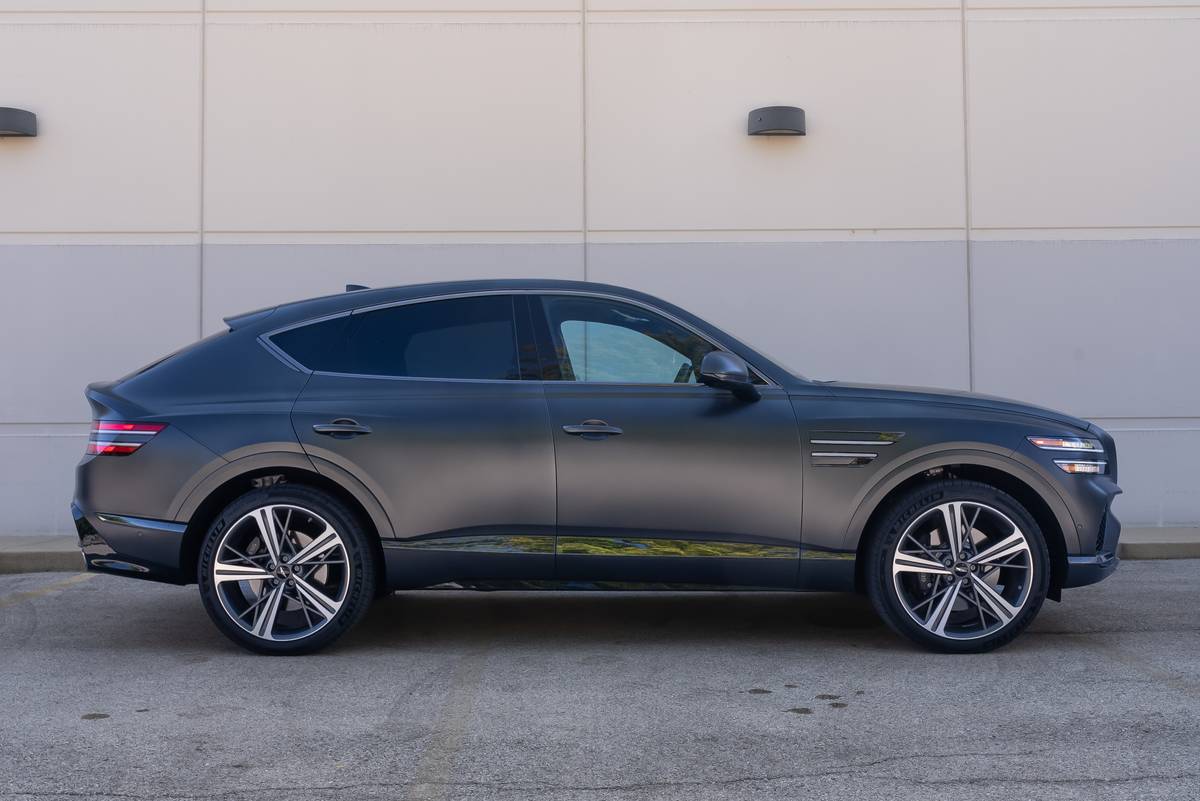washingtonpost.com's view
Some cars are special, equipped with an innate ability to please. It is a quality best revealed in driving. Take the 1999 Saab 9-5 SE sedan.
Were it human, it would be a lawyer — a good one, a barrister who understands the difference between decorum and conspicuous display, between getting things done and gathering headlines. This occurred to me on a Virginia run.
The 9-5 SE moved effortlessly. Its engine whispered. It was so structurally tight — triple door seals! — there was little discernible wind or road noise.
I’ve been in cars that bragged through their engines and tailpipes. You know, you touch their gas pedals, and they go “va-va-vrrrooommm!” Or, they squeal rubber, or make other noises to demonstrate their prowess. And I used to like that stuff. Call it youth. Growly noises made me feel capable.
I’ve changed. Privacy is part of the joy of driving. It is the essence of motorized escape, which the 9-5 SE (pronounced “nine five”) handsomely affords.
The car, the successor to the Saab 9000, looks rich inside and out. It’s once quirky exterior lines remain distinctive, but now are bent more conservatively. It’s interior is tastefully plush — supple leather seats, judicious applications of walnut wood trim, that sort of thing.
But there’s no “Wow!” factor about the front-wheel-drive 9-5 SE’s styling, nothing that would draw a crowd, say, in the manner of a new Volkswagen Beetle, Porsche Boxster, Corvette Indy Pace Car, or some bodacious sport-utility model, such as the Lincoln Navigator. By comparison, the 9-5 SE is an elegantly pinstriped business suit.
Some automotive scribes have derided Saab’s insistence on keeping the 9-5 SE’s ignition switch on the floor-mounted, center console. But that design cue makes perfectly good sense to me. First, it’s an irreplaceable Saabism. Second, the switch actually is easier to reach and use in that position.
Saab’s instrument panels traditionally have resembled the control pods in aircraft cockpits; and the one in the 9-5 SE continues that tradition. Buttonphobes might rebel against that layout; but gizmomaniacs, such as myself, love it.
And, oh, that engine! The test car came with Saab’s top line, 3-liter, 24-valve, turbocharged (forced air only on one bank of cylinders) V-6 engineered to produce 200 horsepower at 5,000 rpm and 229 pound-feet of torque at 2,100 rpm. The torque is notable inasmuch as it is amply present at low and high speeds, virtually eliminating jerky downshifting during acceleration. A 2.3-liter, 170 horsepower, turbocharged, inline four-cylinder engine is available. Can’t tell you much else about it, because I didn’t drive it.
The 9-5 SE gets a standard, four-speed automatic transmission. A five-speed manual shifter is available, and I recommended it, for the four-cylinder car.
Standard brakes are power four-wheel discs with anti-lock backup.
The suspension includes MacPherson struts, gas shocks, coil springs split lower wishbo nes and stabilizer bar up front, with much of the same treatment in the rear, which also comes with inner and outer stabilizer bars and a semi-rigid torsion beam. All of which means that the 9-5 SE handles lousy streets with aplomb, and does superbly in curves and on well-maintained straightaways.
A very nice car, my friends. A very nice car.
Latest news


10 Biggest News Stories of the Week: Jeep Wrangler Rides on Audi E-Tron GT, Chrysler Pacifica Hybrid

